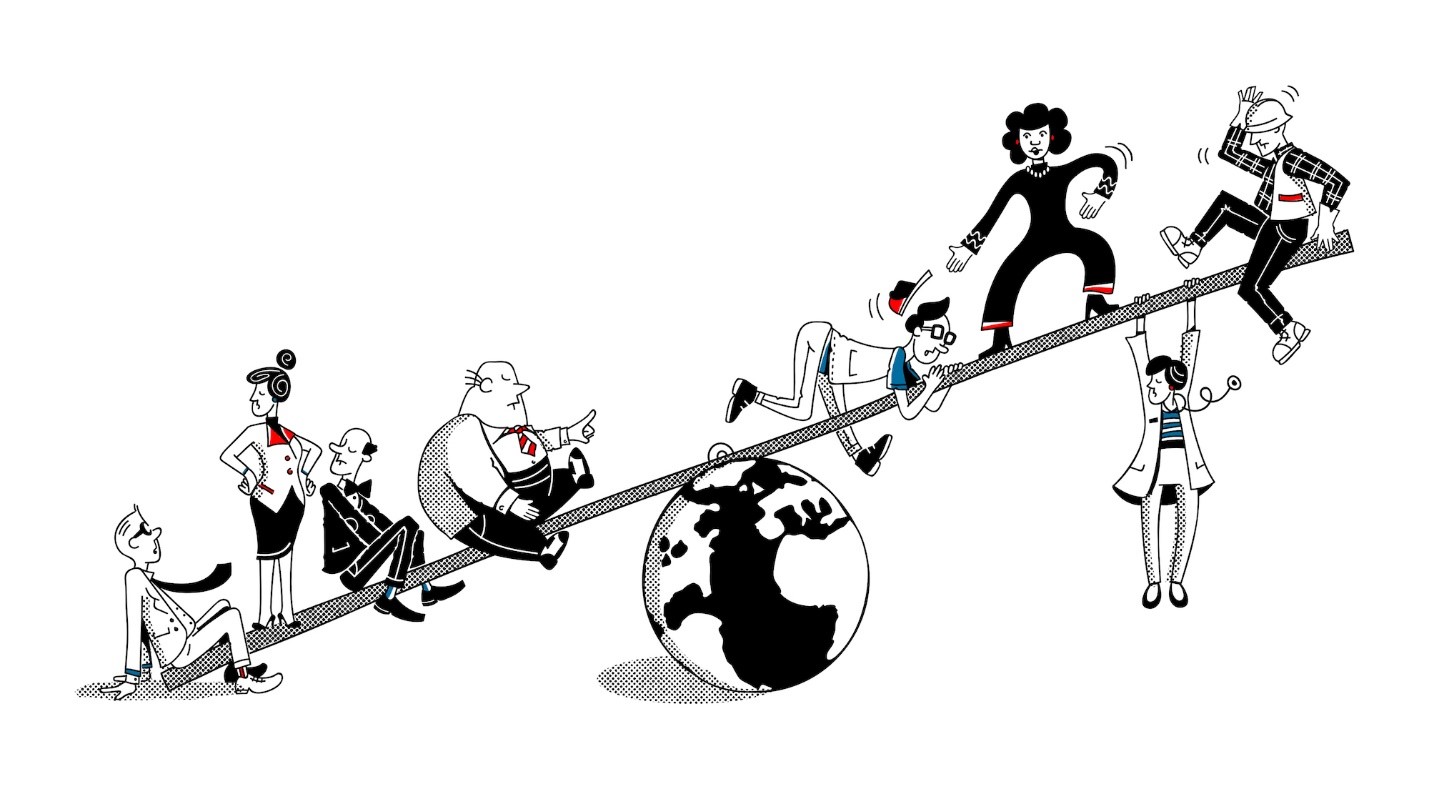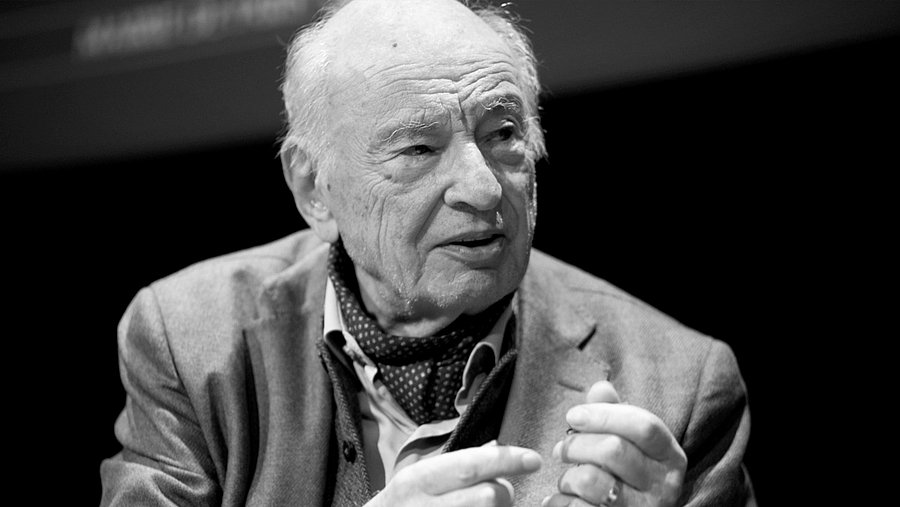Navigating Global Polycrisis: From Geopolitical Tensions to Harmony Through Asian Leadership

A World at the Crossroads
The World is at a turning point—marked by the new Trump administration and his trade war, the race to Earth rare metals and AI technology and the rise of geopolitical tensions, which make the pursuit of harmony both an enduring value and urgent necessity. According to the Global Peace Index (GPI), 2024 saw a high number of conflicts, with 56 active conflicts, the most since World War II, and a significant increase in international involvement.
State of the world
Announced on January 20th, 2025, Donald Trump becomes the 47th president in the history of the United States. His nomination is turning the entire geopolitical landscape upside down, starting with his transatlantic relations with Europe, Canada, and England.
Conflicts in Europe with Ukraine and Russia, in the Middle East with Palestine and Israel, and recently in South Asia between Pakistan and India raise uncertainty with the direction of the world.
The fall of Syria with El Bashar regime, the situation in Sudan, the Myanmar crisis, and the context of the South China Sea have shown a fragile and tense situation.
In his book “The Clash of Civilizations” Samuel Huntington in 1996 explains that Civilizations will clash due to cultural differences, Globalization and economic modernization, but the current context shows additional threats such as climate change, geopolitical uncertainties, and the rise of AI, cyber threats, and cyber criminality.
The United Nations as an institution has been weakened and needs to be reformed. As the Western-led order loses its momentum, the Global South is rising to create its own economic and diplomatic path in a multipolar world.
Europe Turning to Asia
Donald Trump clearly stated that he would like to withdraw from NATO sending a strong signal to Europe. As a result, On March 2025, EU Announces €800 Billion Boost to Defense Spending in ‘Era of Rearmament’. This dissociation of Europe in economic, political and social terms will encourage Europe to turn to other economic partners, such as Asia.
In 1997, Brzezinski former National Security Advisor of the United States in his book The Grand Chessboard: argues that Eurasia will be the key geopolitical chessboard on which global power may play because Eurasia contains most of the world’s population, natural resources, and economic activity. His analysis is still up to date. Beginning of April 2025 from Samarkand (Uzbekistan), the EU and Central Asian leaders held a historic first summit, launching a strategic partnership to deepen cooperation across key sectors. EU with Ursula Von Der Leyen announced a new 12 billion euro package for the region through its global gateway initiative. It will finance projects in transports, raw materials extraction, water, energy climate and digital connectivity.
For South Asia, Prime Minister Narendra Modi expressed optimism about finalizing a Free Trade Agreement (FTA) between India and the European Union (EU) before 2026. The FTA aims to enhance bilateral trade by reducing tariffs, improving market access, and fostering economic collaboration.
Despite mutual interests, significant obstacles hinder deeper EU-China cooperation. These include concerns over human rights issues, market access restrictions, and China’s assertive foreign policy.
In South East Asia, ASEAN as a whole represents the EU’s third-largest trading partner outside Europe (after China and the US) with some €252.5 billion of trade in goods in 2023. A strong EU-ASEAN FTA is seen as essential, not optional, to ensure a fair and cooperative global green transition, and to protect both regions from rising protectionism and regulatory nationalism.
Minilateralism over Multilateralism?
Minilateralism the Way Forward for the Indo-Pacific
As global challenges grow, traditional multilateral institutions often fall short in providing timely solutions. In contrast, minilateralism offers a more agile and interest-driven approach, enabling small groups of like-minded nations to collaborate pragmatically beyond ideological divides.
The continued relevance of the Quad and AUKUS will depend on their capacity to navigate internal differences and respond effectively to shifting regional dynamics. Without coordinated strategies and a nuanced understanding of Southeast Asian perspectives, these partnerships risk diminishing their influence and potentially rising tensions in the region.
Another example of the minilateralism format is the joint military exercise between Australia, US & the Philippines in South China Sea.
RCEP: A Model for Multilateralism
Regional Comprehensive Economic Partnership, a free trade agreement among 15 Asia-Pacific countries. It is the world’s largest free trade agreement, encompassing a large portion of global GDP and population. The RCEP trade agreement is a beacon for the future of multilateralism – led by regional middle powers as ASEAN. It underscores the importance of regional cooperation in an increasingly interconnected and disrupted world.
An Alternative to the Belt and Road Initiative (BRI)
Another example with the India-Middle East-Europe Economic Corridor (IMEC) which is a planned economic corridor that aims to bolster economic development by fostering connectivity and economic integration between Asia, the Persian Gulf and Europe. The corridor is a proposed route from India to Europe through the United Arab Emirates, Saudi Arabia, Israel and Greece. The route draws on what is now described as the ancient Golden Road.
Rise of the BRICS
BRICS brings together eleven major emerging economies of the world, representing around 49.5% of the global population, around 40% of the global GDP and around 26% of global trade. In 2025, the BRICS (Brazil, Russia, India, China, South Africa) bloc is experiencing significant expansion and increased influence. The group welcomed new members like Egypt, Ethiopia, Iran, and the United Arab Emirates in late 2024 and Indonesia in early 2025. Additionally, several countries have been designated as “partner countries” or have expressed interest in joining, signaling a growing global appeal.
Global South Alliances
Others existing alliances include the ten member states of the Association for Southeast Asian Nations (ASEAN), the African Continental Free Trade Area, and South America’s Mercosur. Those Global South nations generally are multi-aligned, leaving them free to forge economic and technology partnerships that align with their own strategic priorities.
Understanding the Polycrisis
Edgar Morin, a French philosopher and sociologist, in his 1993 book Terre-Patrie, first elaborate the concept of “Polycrisis”. He used the term to describe a complex situation where multiple interconnected crises converge and amplify each other.
We are clearly seeing this path with de-globalization, a more fragmented world, individualism and nationalism rising, escalation of violence, terrorism and conflicts.

How Could We Mitigate and Prevent Those Polycrisis?
In collaborating, innovating, and being inclusive in achieving harmony amid geopolitical, technological, and environmental challenges.
Promoting the role of dialogue and cooperation in maintaining peace and stability.
Using the need for technology for good to bridge divides, particularly for marginalized populations.
Having a “Positive but realistic” approach to addressing both traditional and non-traditional threats and calls for leadership rooted in compassion and resilience.
Harmony is at the core of society, so to achieve this harmony; we need to work all together, from citizens to communities to nations.